Practicing Self-Forgiveness
August 5, 2019 in Be Positive
 The brain can have a tendency to blame us for everything. You may put all the fault and blame on yourself when things aren’t going the way you want to, which then in turn can make you feel guilty in many ways. You might feel guilty that you inconvenienced others, that you’re having these feelings in the first place, and so on.
The brain can have a tendency to blame us for everything. You may put all the fault and blame on yourself when things aren’t going the way you want to, which then in turn can make you feel guilty in many ways. You might feel guilty that you inconvenienced others, that you’re having these feelings in the first place, and so on.
This self-blame and the guilt involved with it can vary across many situations. This could happen with one-off events like a bad grade on a test and losing a sports match, or can happen as the result of the events you experienced growing up, like your parents divorcing or having a falling out from a friendship that once meant a lot to you.
The thing is, these situations are always really complicated and it’s impossible that you’re solely responsible for everything that happens. While you may feel that way, practicing self-forgiveness in these situations can help you feel better about yourself and your potential for what you can actually accomplish.
Truthfully, the journey to self-forgiveness is hard. If you’re used to criticizing yourself and putting pressure on yourself to take responsibility for everything that happens, you might feel like you’re not allowed to forgive yourself and excuse mistakes you may have made. This is a common feeling, but taking the steps towards self-forgiveness – teaching your inner critic to be more gentle, saying the mistake you made out loud, and reminding yourself that you do deserve good things – can help you learn that you aren’t the reason that things don’t go well.
Forgiving yourself for both the minor and petty things and the big ones that shaped you into who you are can help for future events too, helping you shed the shame and guilt that you associate with similar situations. It’s a process, but it’s important to remember that you shouldn’t blame yourself for everything and that you’re doing the best that you can, and that in itself is enough.
Have you ever tried practicing self-forgiveness? What methods or conversations can you think of that you would have with your inner critic?



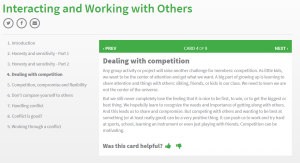



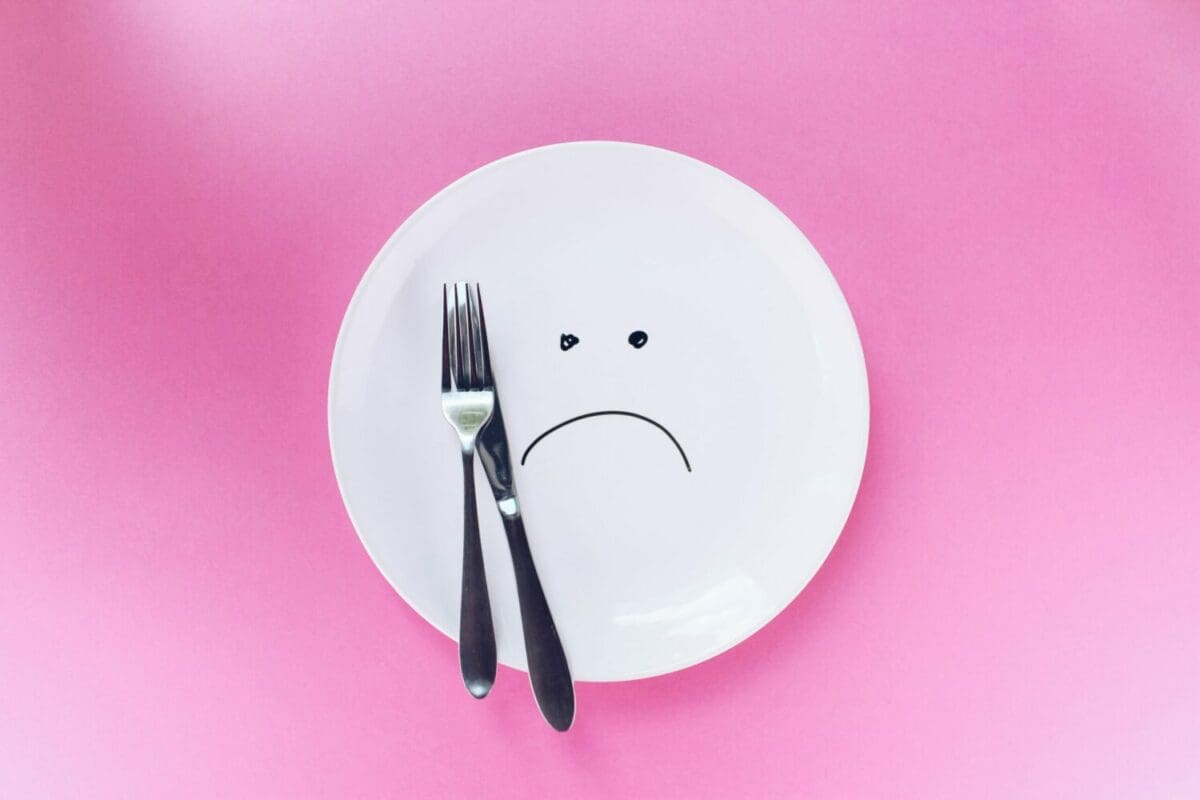












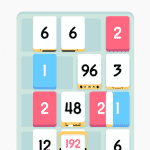





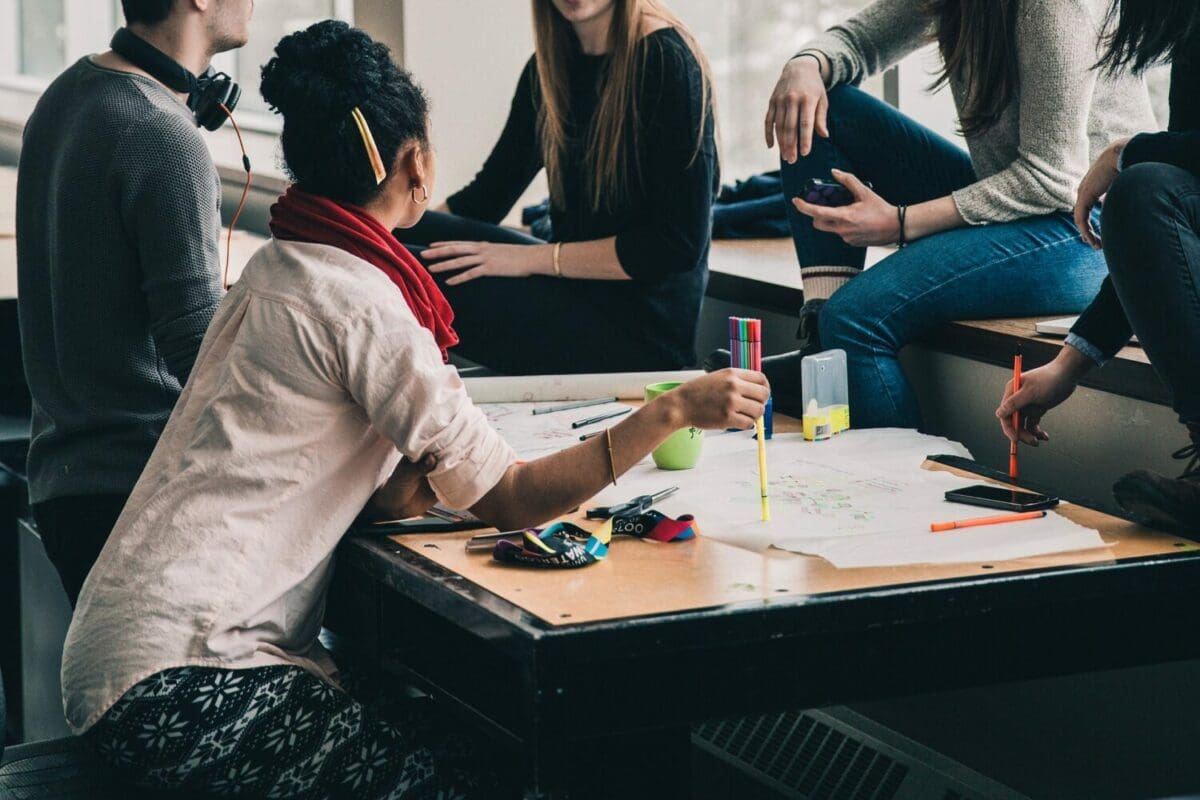





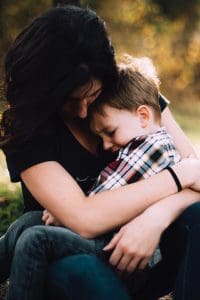




Recent Comments